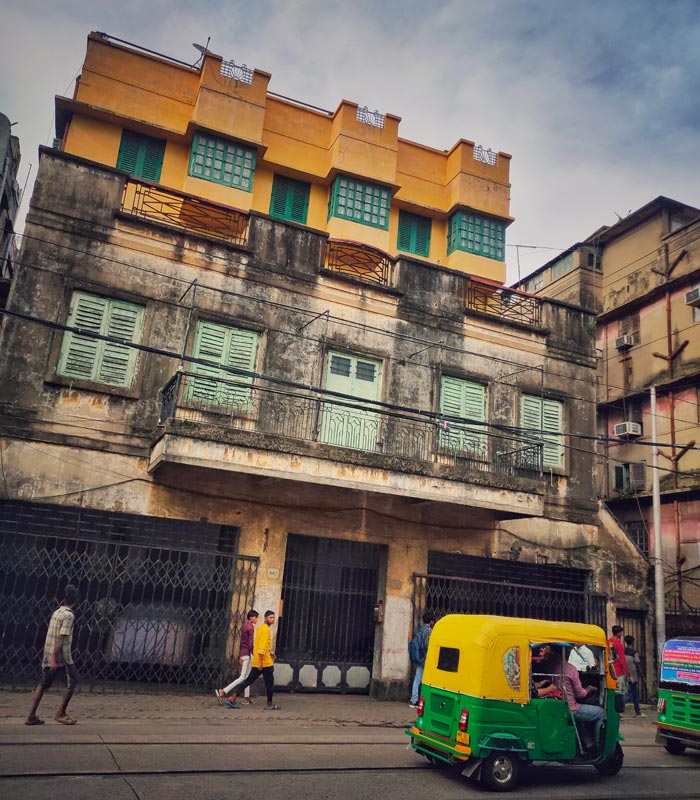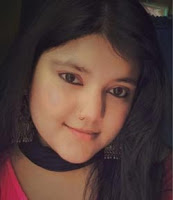According to historical evidence, Job Charnock created Kolkata, as it is affectionately known by its inhabitants, in 1690. However, it is also widely known that the British took over Kolkata in order to construct a stronghold to prevent the Nawab Sirajuddaulah's army from assaulting them.
As a result, they acquired the land on which they constructed Fort William. It is still widely held that this is the location where the original confluence of the three villages of Sutanuti, Kolikata, and Gobindapur existed.
The British established their base much later, which allowed the city to grow and remove marshes and jungle to make room for opulent palaces and buildings. Sutanuti (current Sovabazar), Jorasanko, Maniktala, Burrabazar, Chitpore, College Street, Shyambazar, and Belgachia are among the locations in that northern region of Kolkata..One can immediately detect the distinctive characteristics of North Kolkata by entering this neighbourhood. Narrow byways, tram lines that cross at intersections, transistors or radios that occasionally play old songs or broadcast news from a nearby house, sporadic tea stalls and Rocks sweet shops are all to be found here (elevated concrete platforms outside houses on which people sit and chat in the evenings).
North Kolkata's historic mansions
North Kolkata thrived throughout the early years of the city's development and peaked during the British Raj.This area was regarded to be affluent and home to the Zamindars or landed aristocracy who settled in Kolkata and accumulated immense wealth from doing business with the British.
Although the sparkle has faded, travel agencies still lead excursions during Durga Puja (which is still conducted in these household grounds) to the historic homes in North Kolkata. Durga Puja was once a big event, and these aristocratic families used to celebrate it with grandeur.
For instance, some of the oldest houses in North Kolkata are Sovabazar Rajbari, Pathuriaghata Ghosh Bari, Mallick Bari, Chatubabu Latubabur Bari, Laha Bari, Shibkrishna Dawn Bari, Hathkhola Dutta Bari, and Darjeepara Mitra Bari, all of which are over 220-250 years old and still occupied by the original owners.
Along with prominent people and influential minds like Rabindranath Tagore, Swami Vivekananda, and Girish Ghosh, North Kolkata was home to many more notable individuals.
It is highly recommended to visit Jorasanko Thakurbari, where the Bard lived and wrote countless priceless stories, songs, and poems, Swami Vivekananda's ancestral birthplace in Simla Street, where he grew up, and Girish Ghose's (a theatre artist and disciple of Shri Ramakrishna) house in Baghbazar, which is in the middle of the street.
Every year on the poet's birth day, Jorasanko Thakurbari comes alive with day-long cultural events, whilst on Vivekanda's birthday, morning marches and processions are planned from his birthplace, attracting huge crowds to North Kolkata. Even now, this region still requires young people to engage in para adda (chitchat on platforms, also known as rocks), as they return from their employment and educational institutions. Over a hot cup of tea, they engage in a spirited discussion.
Gastronomic Delights of North Kolkata Sweetmeats, Mishti Doi (curd), and syrupy treats like K.C. Das's Rosogolla, Girish Chandra Dey and Nakur Nandi's nolen gurer korapak sondesh or mishti, Sen Mahasay's unique sweetmeats, Deshbandhu sweets, and many others are also quite famous in North Kolkata.
During your journey, you must also stop at the Hooghly Riverfront swimming ghats and the Nimtala Burning Ghat, which is the biggest in Kolkata and has a cenotaph where Rabindranath Tagore was cremated.
The commotion of people boarding boats to cross the river, the breathtaking view of the Howrah Bridge from the riverbank as well as the rooftops of North Kolkata homes, the homeless migrants finding shelter along the river promenade, and the langars that are held daily.
Kumartuli's evocative pathways, where goddesses in varying states of development protrude at every turn. Bagh Bazaar and Chitpur Road where regaled people with stories of so many historical occurrences that people almost felt the past come to life and meld with the present.
The sights and sounds of Kolkata's oldest alleyways, which stretched from College Street to Chinatown, Dalhousie Square to Lake Market, ancient temple ruins to buildings constructed in Art Deco style more than a century ago. The hand-pulled rickshaws and trams that are distinctive to Kolkata passed by slightly faster than the normal huge yellow taxis.Walking is the best method to find a city's hidden gems
By-
Sriparna Mukherjee
Amity University, Kolkata


Comments
Post a Comment